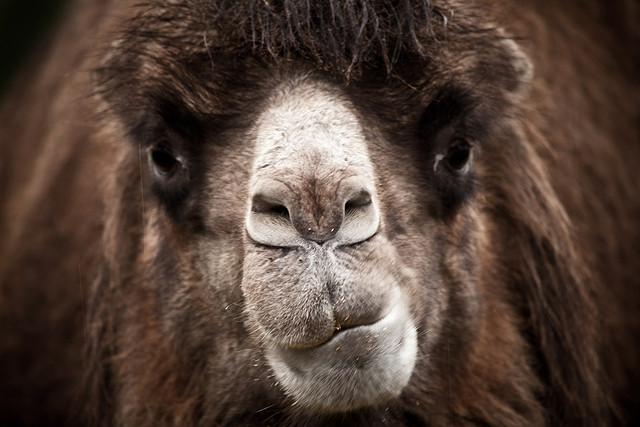Canadian paleontologists were digging around recently on an Arctic island called Ellesmere, just west of Greenland, when they found a fossilized leg bone. Or, really, tiny little pieces of bone that, with a little digital assist, looked like the leg bone of a hoofed mammal. Specifically, the archeologists figured out, a camel. A giant camel. That lived in the Arctic. A giant, 2,000-pound Arctic camel.
Brian Switek explains at National Geographic:
[Archaeologist Natalia] Rybczynski and coauthors sampled prehistoric collagen from the Ellesmere camel and compared the signature of the protein with collagen from 37 other mammal species. The collagen from the High Arctic fossils most closely resembled the profiles of dromedary camels and prehistoric camel bones found in the Yukon, thought to be members of the genus that spawned modern camel species, Paracamelus. And the Ellesmere fossil was also a record-breaker — the bone belonged to a camel that lived about 750 miles further north than any other camel found on the continent.
Back when this 2,000-pound camel was alive, the Arctic wasn’t necessarily the frozen wasteland we know now. Instead, it was a slightly warmer wasteland, where the winters were still frickin’ cold and it was still dark for much of the year. But they had camels! And perhaps they will again! That would be one more possible upside to climate change: getting a ride across Canada on a camel that can seat 20.




